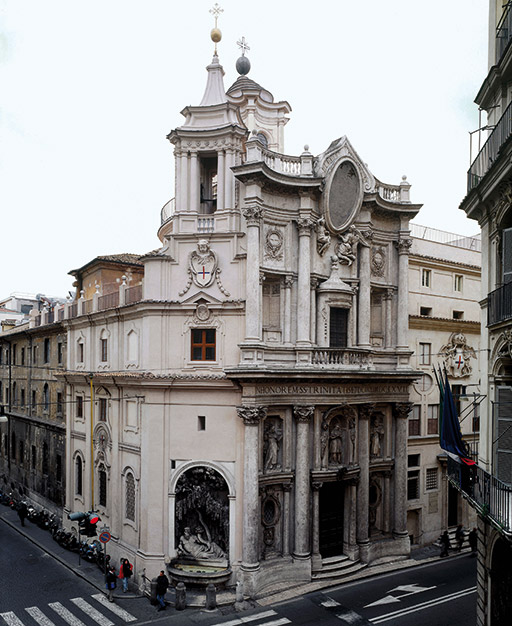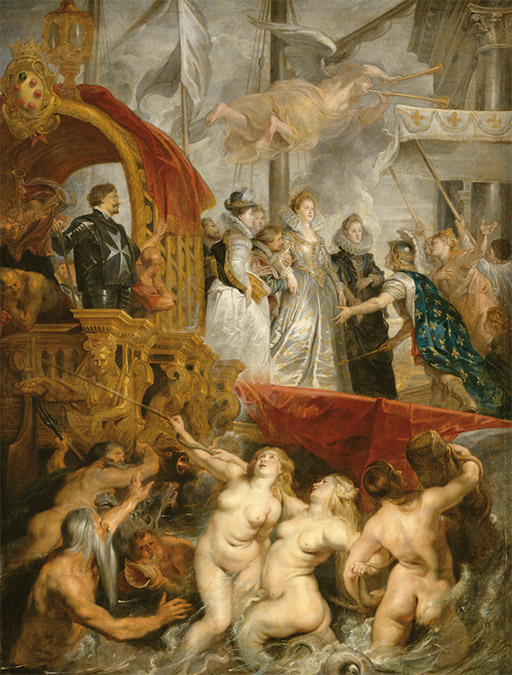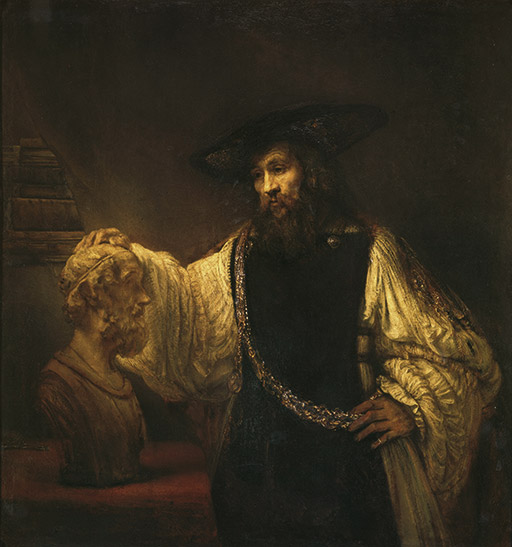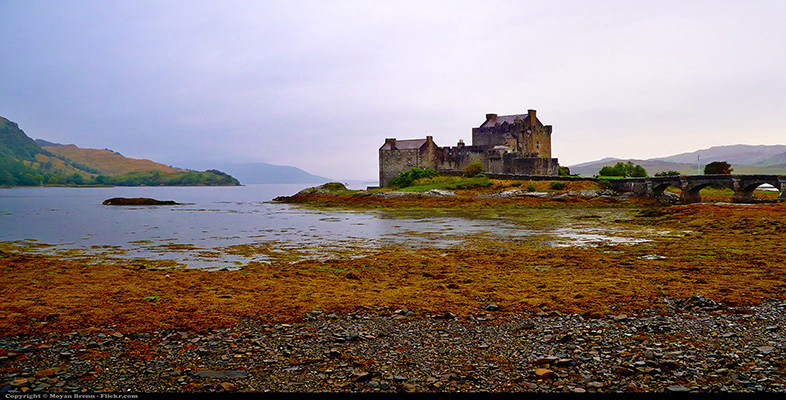Baroque ‘style’
First of all, it needs to be acknowledged that most of these labels date from long after the phenomena to which they are applied. Take ‘Baroque’, for example. Originating in the late eighteenth century as a derogatory term applied particularly to what certain writers saw as the bizarre and excessive architecture of Francesco Borromini (1599–1667) (Figure 15), it was elaborated into a coherent stylistic category in the late nineteenth century by the art historian Heinrich Wölfflin. Wölfflin’s account of the Baroque is a formalist one, that is to say, he analysed what he identified as the purely visual features of the works of art he took to exemplify the style. Such a mode of analysis has as its precondition the autonomy of art, which makes it possible to conceive of works in isolation from the historical context in which they were produced and the social functions that they served. More recent accounts of the Baroque, by contrast, take account of its sacral and courtly functions, applying the label especially to works that sought to make an overwhelming effect on their beholders in order to impress them with the power and glory both of the sacred mysteries and of earthly authority (Snodin and Llewellyn, 2009; for a recent attempt to rethink the whole category of the Baroque, see Hills, 2011). The exemplary instance is papal Rome from the 1620s onwards, but the quintessential Baroque painter is the Flemish (and also Catholic) artist Peter Paul Rubens (1577–1640), whose many works include twenty-one vast canvases illustrating the life of the French queen Marie de Medici (Figure 16). It was because he disregarded art’s functions that Wölfflin could apply the label much more broadly, such that Rembrandt (1606–69) too became an exemplar of the Baroque along with other Dutch painters (Figure 17).



